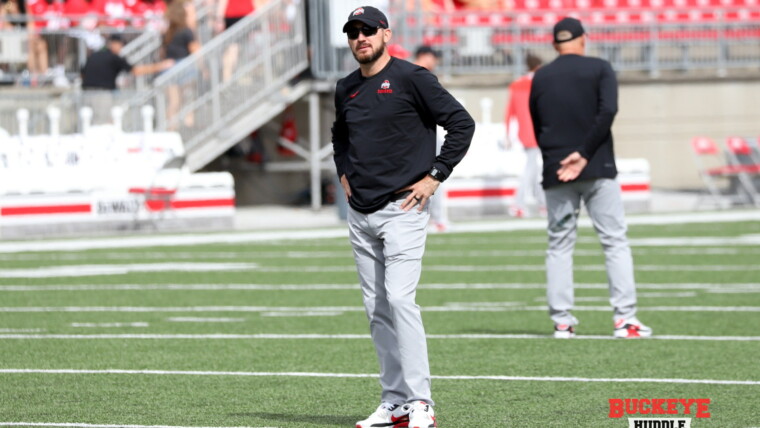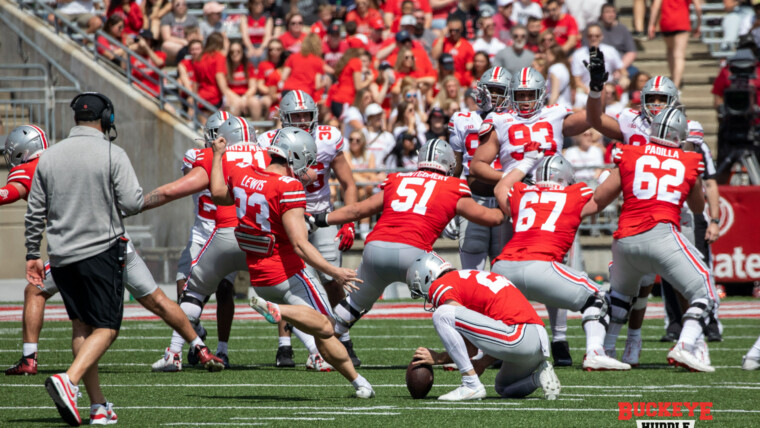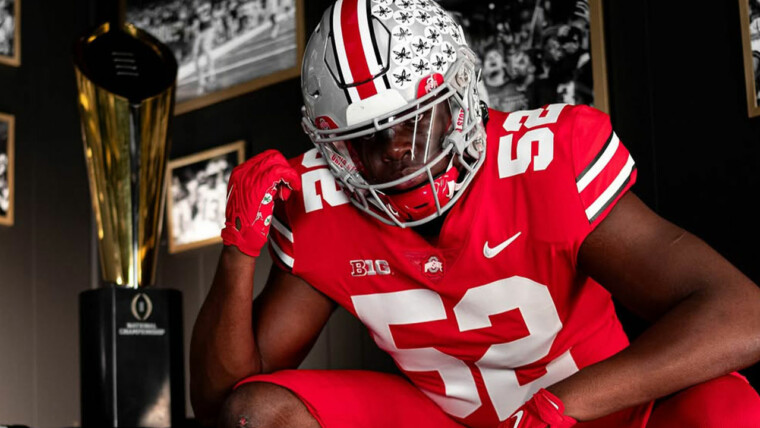There used to be a time in college football when the return game was how offenses would gain field position. Thanks to the rules now, however, it’s generally just how an offense gains possession of the ball.
In 2018, the NCAA added a rule that a fair catch on a kickoff would put the ball on the 25-yard line. Most head coaches saw this as a win for field position, so they’re general preference has been to just go with the fair catch and get things started.
You can see the impact this rule has had by looking at the number of kickoff return touchdowns over the last 20 years or so. Removing 2020 from the equation due to short seasons for many programs, the average number of kickoff return touchdowns per year under the new rules is 46.
From 2007-2017, there was never a season that was lower than 53 touchdowns. Over those 11 years, there were 64 kickoff return touchdowns per year on average.
Even as scoring increases lead to more return opportunities, the aggressiveness is reserved for offense and defense and hasn’t quite found its way to the return game. Of course, a Buckeye hasn’t returned a kickoff for a touchdown since 2010, so their difficulties span several different rulebooks.
Ohio State special teams coordinator Parker Fleming understands why the fair catch rule was made, but its overall effectiveness towards safety is questionable.
“Player safety is really important,” Fleming said. “That’s one of the reasons that they’re doing this. There’s some weird nuances to the way the rule is written that actually kind of gets screwy. No one knows [a fair catch] is going to happen, so there’s a lot of contact before. Some teams choose to fair catch based on hang time and direction, and so you really can’t prepare. You still gotta run down and go be ready to tackle it.”
The rule is meant to eliminate the collision between the returner and the tackler, but it ignores the collisions of the other 20 men on the field.
Back in 2018 when this rule was first underway, Buckeye linebacker Justin Hilliard scoffed at it because he saw the hypocrisy of it first hand.
“I honestly hate it. You’re running 50 yards full speed, and you can see a guy catch it at the 5, perfect kick placement, and then they get that fair catch. It honestly kind of sucks,” he said. “What I see, even from watching other games, is people running down full speed — you don’t know the guy is going to fair-catch yet, so the front-line guys are still blocking you full on. The back-end guys are still blocking you full-on. There are still big collisions in the back end.”

The kickoff return has become so de-emphasized by some programs that they won’t even spend that much time on it from week to week in practice. Instead, they’ll use that time to work on other things.
Ohio State isn’t necessarily one of those programs, but when you only return 16 kickoffs like the Buckeyes did last year, how much time does it actually need? With Ohio State’s offensive effectiveness, a few extra yards or a random touchdown isn’t nearly as needed as it was a decade ago.
That is also why the Buckeyes can spend more time on kickoff coverage, where they kick off more than any other team in the Big Ten.
“I think it should be an advantage for us. The fair catch kind lets people off the hook,” Fleming said. “Lets us off the hook sometimes in spots where certain teams might have onside kicks, and then you can say, ‘Hey, we just want to fair catch it on the back end, if they kick it deep and not have to have a return,’ so our guys can really be focused on the ball. It just creates a weird wrinkle that you’ve gotta adjust and adapt and play within the rules. I think we’ve had an advantage around here a long time with the old rules, but that player safety is really critical.”








8 comments
As June wraps up defensive end options dwindle for Ohio State
The Impact: Cameron Brickle gives Ohio State another run-stuffing defensive tackle
Reviewing Ohio State official visitors after chaotic month of June
50 For 50: What Will Brandon Inniss Bring To Ohio State’s Offense?
The Latest on Five-Star Offensive Tackle Felix Ojo
The Impact: Ohio State lands key commitment from cornerback Jordan Thomas
Do the Buckeyes Lead for the Nation’s Top Linebacker?
The Impact: Kayden Dixon-Wyatt is latest prototype receiver to commit to Ohio State